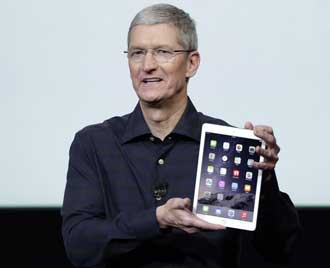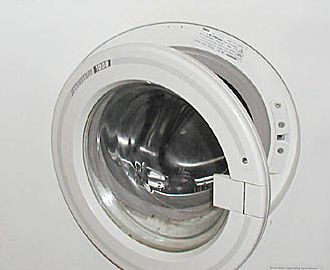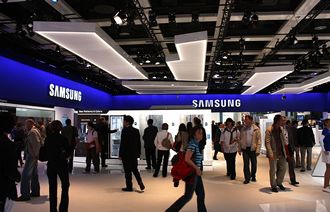 A senior executive at Dell has been voted Woman of the Year by 1,000 IT voters.
A senior executive at Dell has been voted Woman of the Year by 1,000 IT voters.
Sarah Shields, executive director and general manager at Dell UK, picked up the award at an event organised by PCR in London today.
Shields said: “It’s an absolute honour, especially to be in a room full of such amazing women. I really am at a loss for words right now, but I think the best thing that I can do is to inspire all women to join IT.”
It’s rarely Sarah Shields, nee Scott, is at a loss for words. In the 20 odd years we’ve known her, she has often had something to say. And, sure enough….
She continued: “IT isn’t just about programming or hardcore selling – it’s actually one of the most rewarding an enjoyable careers a woman can get into it and make a real difference.”
Nancy Hammervik, ComTIA’s senior VP for industry relations said: “With women representing just over half of the population, and the slight majority of university graduates, it is critical we leverage this powerful demographic to contribute and grow our industry.”


















